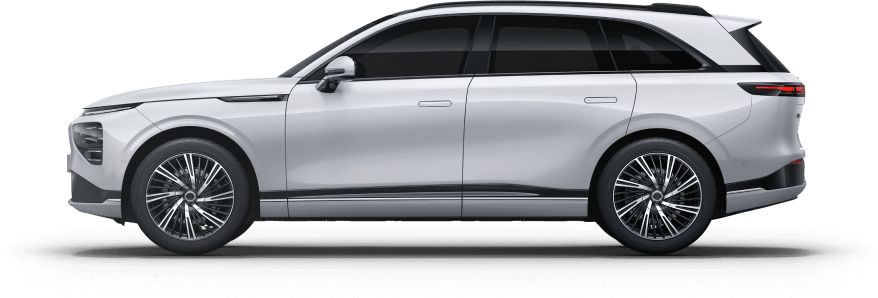How to import auto parts from China full process out, tariff preferential rules and announced
With the accelerated integration of the global automotive industry chain, more and more enterprises choose to import auto parts from China. In order to help the relevant enterprises to regulate the operation, reduce costs and avoid risks, the import process and the required documents, tariff preferential policies and other key information is comprehensively sorted out as follows.
I. Pre-preparation: accurate categorisation, laying a good foundation
Enterprises should first carry out pre-qualification for commodity classification before formal importation. Application through the China Customs General Administration of Commodity Classification Pre-Ruling System, the cost of about 500 yuan, the audit cycle is generally 3 working days. The correct commodity code is not only related to the tariff rate, but also directly affects whether you can enjoy the relevant policy benefits.
In addition, import contracts and invoices, packing lists, bills of lading and other basic documents must be available and detailed. Special attention should be paid to:
Contracts and invoices need to indicate the mode of transaction (such as CIF/FOB), commodity code, parameter details and intellectual property rights terms;
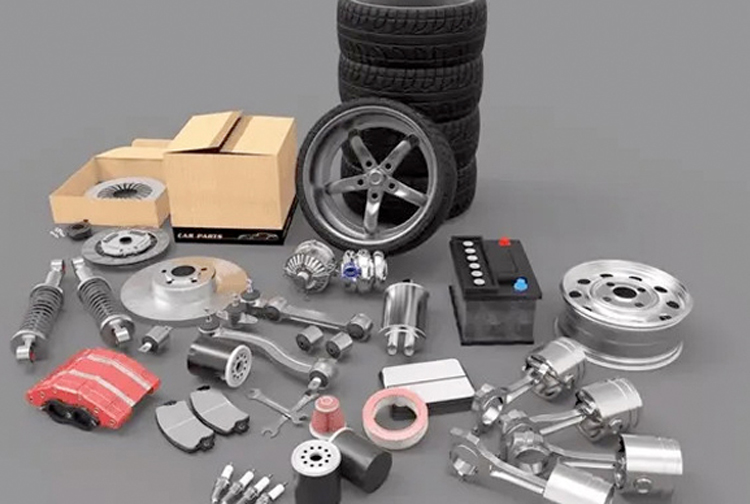
Packing list should specify the gross/net weight, packing method and model material;
The bill of lading should be clean and legal, and ensure that the consignee and the importer record the same information.
Second, the qualification and certification: many types of parts and components require prior permission
Some sensitive and key regulatory auto parts products, need to obtain the relevant qualification and certification documents in advance, including:
3C certification: applies to automotive safety glass, tyres, seat belts and other 14 types of products, without certification shall not be imported.
Automatic Import Licence: engines, gearboxes and other electromechanical products, need to apply through the ‘Single Window’ system of the Ministry of Commerce, the approval cycle is about 5-7 working days.
Certificate of origin (Form E, etc.): can be used to enjoy the tax rate of ASEAN and other agreements, must be issued by the official agency of the exporting country, and consistent with the description of goods in the customs declaration.
Intellectual property rights filing: Products containing patents and trademarks must be filed with the China Customs Intellectual Property Rights Protection System in advance.
Restrictions on the import of old parts: ordinary enterprises are prohibited from importing used auto parts, except for some pilot cities that allow the import of old parts for R&D and testing purposes, which shall be subject to the submission of a pilot application form; refurbished remanufactured parts are subject to ISO 14001 environmental certification.
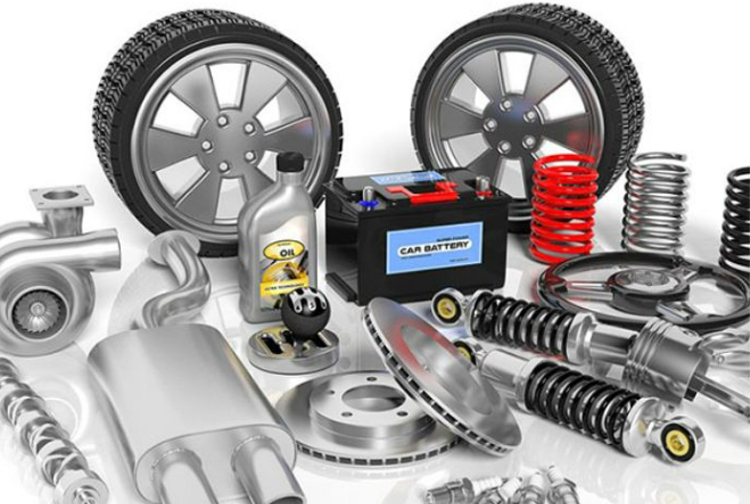
Third, the formal customs declaration: step-by-step operation, interlocking
The import process is specifically divided into the following steps:
Sign the import agency agreement: clear import commodity code and applicable tax rates;
Confirmation of goods documents: to ensure compliance with certification requirements (such as CCC);
Booking warehouses, loading containers, sea transport to the port;
Exchange of documents, inspection, customs declaration, price review and tax payment;
Customs inspection, release, drayage and pick-up;
Transportation of goods to the designated place in China to complete delivery.
IV. Tax rates and policies: making good use of the agreement to reduce costs
According to China's current policy, the import tariff rates for different auto parts are as follows:
Gasoline engine: 10%
Tyres: 15 per cent
Vehicle ECU (Electronic Control Unit): 5 per cent
Brake pads: 8 per cent
If a compliant certificate of origin (e.g. Form E) can be provided, it can enjoy preferential treatment under the agreement:
Accessories made in ASEAN countries: tariffs reduced to 0 per cent
ECUs made in Japan: enjoy 3.2% agreement tariff rate



.jpg)
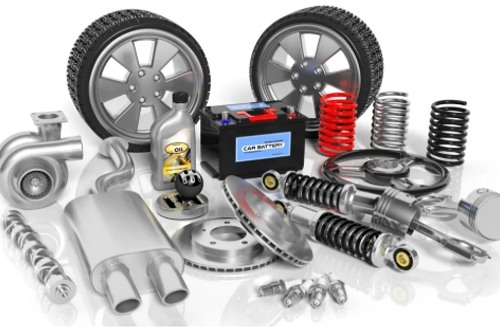
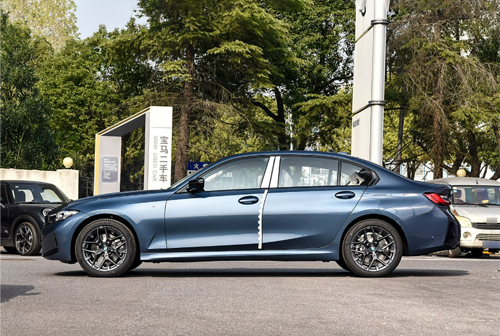
.jpg)
.jpg)
.jpg)
.jpg)
